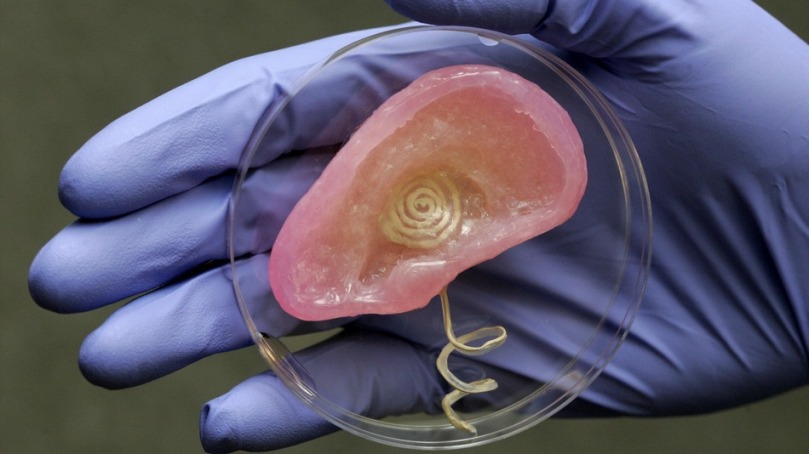3D printing has come a long way in the field of medicine, and it seems that nobody can stop the rapid growth of technology in the field. But as the technological advancements progress, so do the ethical issues that surround it.

What exactly is 3D printing?
“3D printing is a process for making a physical object from a three-dimensional digital model, typically by laying down many successive thin layers of a material.”
3D printing is widely popular for its use in orthopaedics, however, it is not limited to the field of orthopaedics alone.
Tissues with blood vessels (cardiology), home-printed medicine (pharmaceuticals), patient-specific tumor models (oncology), ear cartilage (ENT), synthetic skin (burn centres), and even functioning bioprinted organs – have all been successfully printed as of date.
What are the ethical questions surrounding this rapidly growing biotech?

Is personalised-care only for the rich? Not really. For instance, 3D printing is capable of producing cheap and easily customizable prosthetics for patients in the developing world.
Is it safe? 3D printed prosthetics are safe, as clinical trials have already been successfully implemented. However, when it comes to stem cell based 3D printing, there is no way of knowing, as that technique is patient-specific and prevents prior tests be made.
What about human enhancement? Super soldiers? Weaponizing such technology would be but a plot in comics a just a few decades ago. But now, it is feared that this might become a real possibility.
The world is not far from achieving excellence in the medical field, thanks to 3D printing. We just hope that it doesn’t fall in to the wrong hands.